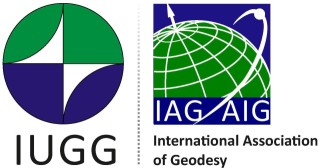Since December 2015, the Superconducting Gravimeter SG038 is operated at the Argentine – German Geodetic Observatory (AGGO) located near the city of La Plata, Argentina, providing a continuous, high resolution record of temporal of gravity variations with highest precision and resolution.
After careful preprocessing of the record and downsampling to hourly resolution, atmospheric effects were removed using numerical weather models. A detailed Earth tide analysis was performed then separating more than 50 wave groups and treating degree three tide generating potential independently by making use of the capabilities of the latest version V60 of the Eterna software package. The residual series exhibits significant non-tidal variations reaching up to several microGal which could not be explained by the applied models but are correlated with extreme weather events in the region.
It is known that wind effects are causing surges at the Rio de La Plata during these events. By using tide gauge observations around the river and a simple empirical astronomical tide model (SEAT) it was possible to compute the propagation of the storm surges landwards from the estuary. The corresponding loading effect in terms of gravity shows excellent agreement with the residual gravity time series. This validates both, the high quality of the gravity time series and the storm surge model, which allows now to isolate other small gravity effects, e.g. due to local water storage changes in the gravity record. As space geodetic techniques like SLR and VLBI are affected as well, but will not have the temporal resolution needed to resolve these effects, the model is proposed to correct for the resulting vertical displacements.

 PDF version
PDF version
